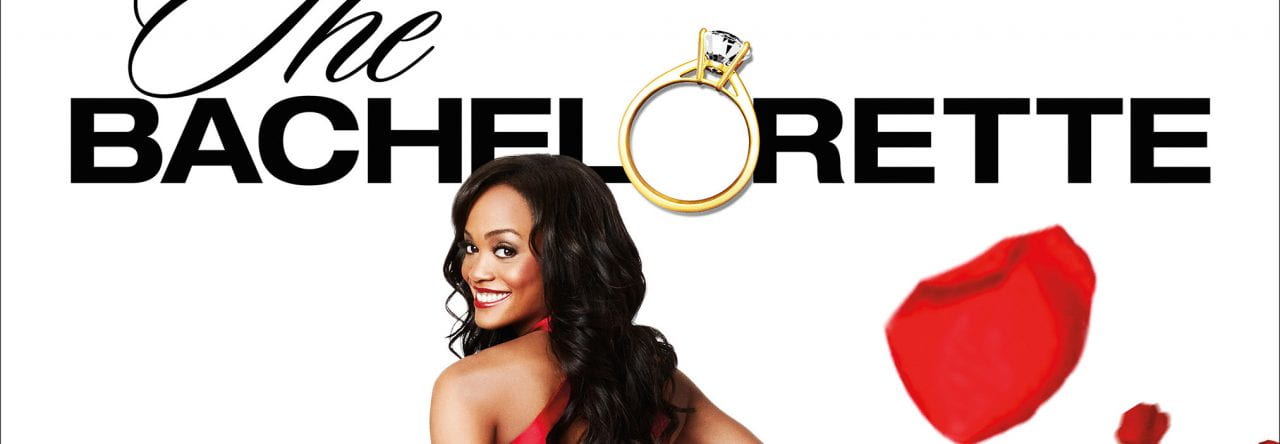One constant element of The Bold Type is its use of shallow depth of field in nearly all of its shots. Many of the scenes in the show have a sharp focus on the characters while blurring out their surroundings. This film technique seems prominent in most tv shows today, but it specifically serves as an important tool in shaping The Bold Type’s overall premise. I was inspired to analyze The Bold Type’s use of shallow depth of field after watching a video essay by Evan Puschak of Nerdwriter on how The Handmaiden’s Tale uses shallow focus to convey the oppressive nature of Gilead. The Bold Type, likewise, not only uses shallow depth of field for aesthetic purposes but also to build intimacy within its character conversations. The show places a heavy emphasis on the daily details of its three lead women. While the show is set in the big city of New York, it is clear that the character’s lives are given a larger spotlight. Conversations are a huge factor in the show, and the use of shallow depth of field creates the illusion of a more intimate relationship between the viewer and the show’s characters. Character’s facial expressions and body language are given spotlight during a conversation. This extra focus helps draw the viewer into the discussion.
In the finale of season one of The Bold Type, Jane is tasked with writing a piece on a rape survivor’s art and activism. This episode is filled with deep conversations and plenty of extended close shots of the women talking. During the final scene when Jacqueline takes the weights from Mia, the use of shallow depth of field is especially clear. Arguably it adds to the inspiring nature of the scene. Although the moment is between Mia and Jacqueline the focus still shifts from woman to woman. We see each woman’s facial expression at that moment, especially Jane’s. It’s a subtle effect, but this transition of focus works wonders within a show which revolves around character conversations. The shallow focus and the position of the camera cradled between the women’s’ shoulders gives the viewer a feeling of intimacy within the conversation. However, while the camera is constantly mobile, it remains looking over the women’s shoulders and never breaches their little circle, helping maintain a feeling of privacy within this crucial scene.

The camera looks over Sutton and Kat’s shoulders and focuses on Jane’s reaction to the moment.

The focus is on Jacqueline as she enters the circle.
Work Cited
Puschak, Evan. ” One Reason The Handmaid’s Tale Won Emmys Best Drama. ” Youtube, 31 August 2017, https://youtu.be/cY4aCnfrqss.

Comments are closed.